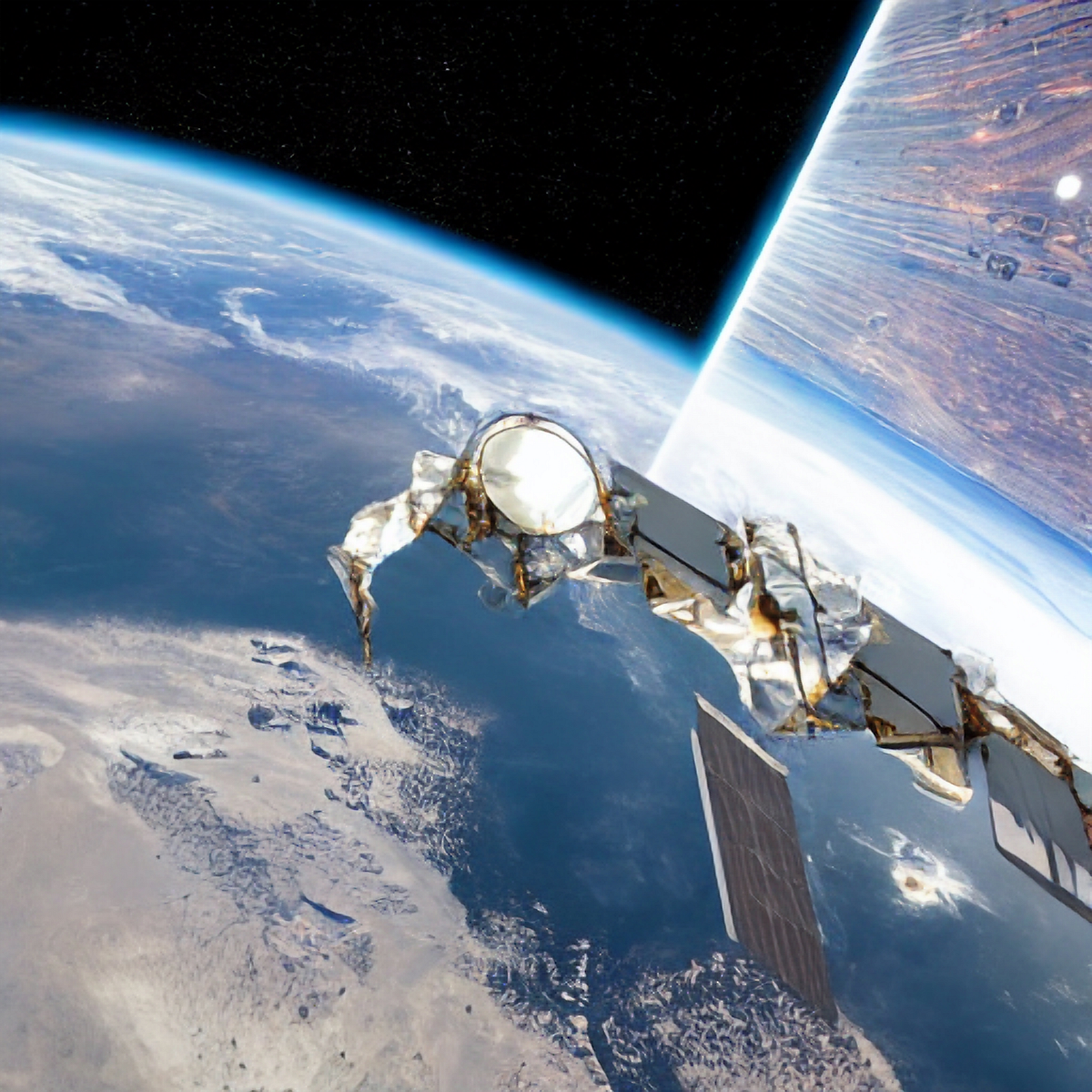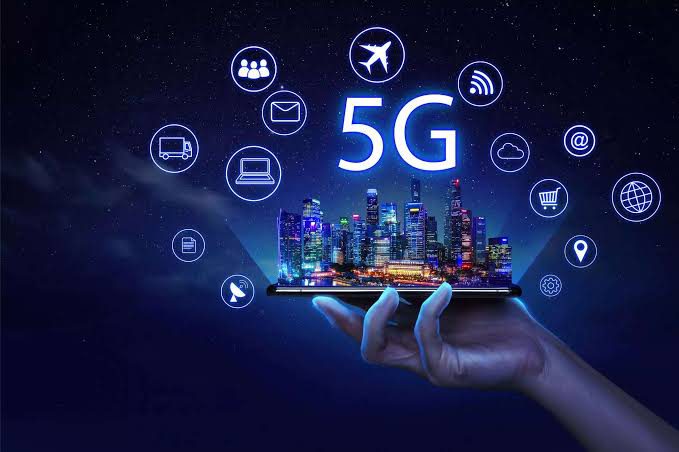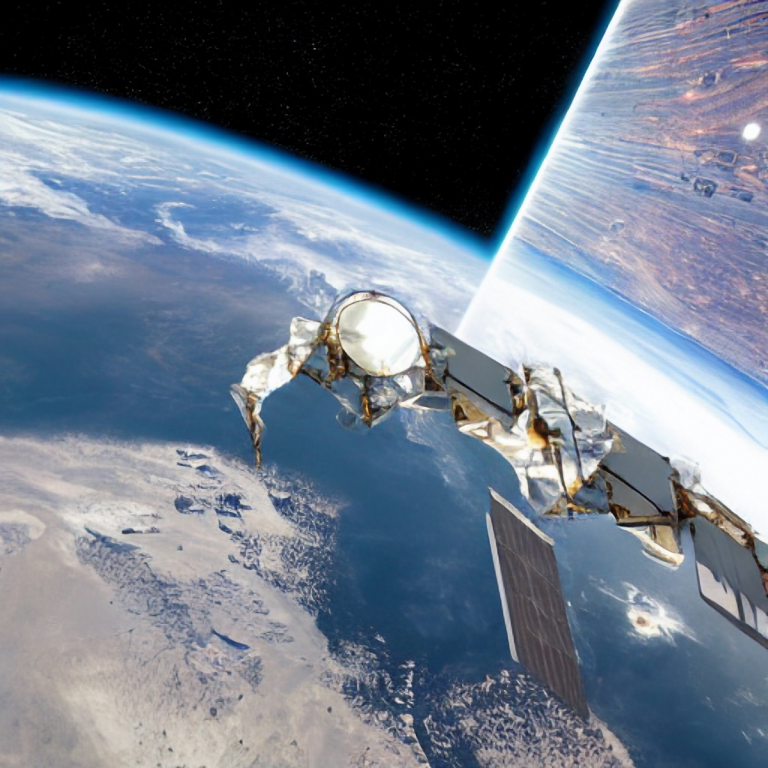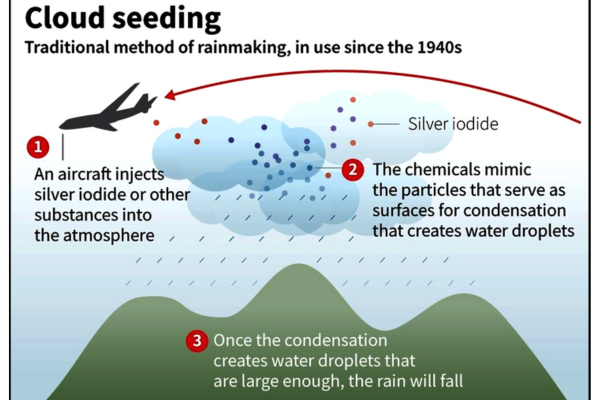The journey of space technology from rudimentary beginnings to the sophisticated systems of today is a testament to human ingenuity and the relentless pursuit of knowledge. Over the past few decades, space technology has evolved significantly, enabling humanity to explore the cosmos more efficiently and ambitiously than ever before. This blog explores how technology has advanced in space, highlighting key milestones, innovations, and the future of space exploration.
Table of Contents
The Dawn of Space Exploration in Space Technology
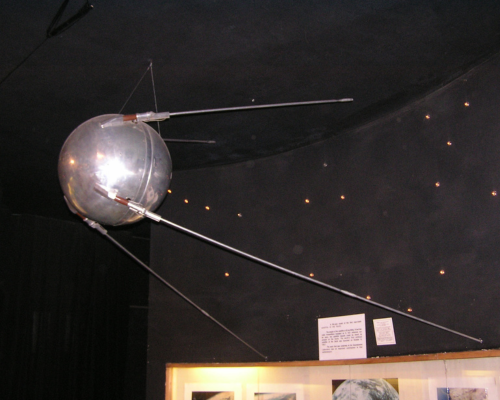
The mid-20th century marked the beginning of the Space Age, a period characterized by rapid advancements in space technology driven primarily by geopolitical competition. The launch of Sputnik 1 by the Soviet Union on October 4, 1957, is often cited as the event that sparked the space race. This first artificial satellite was a simple radio transmitter, yet it demonstrated the feasibility of sending objects into space and catalyzed further technological development.
Early Achievements
- Sputnik 1 (1957): The Soviet Union’s successful launch of the first artificial satellite demonstrated the potential for space exploration and initiated the space race.
- Vostok 1 (1961): Yuri Gagarin became the first human to orbit the Earth, proving that humans could survive and operate in space.
- Apollo 11 (1969): The United States’ successful Moon landing showcased the peak of early space technology, with Neil Armstrong and Buzz Aldrin becoming the first humans to walk on the lunar surface.
Advancements in Satellite Technology
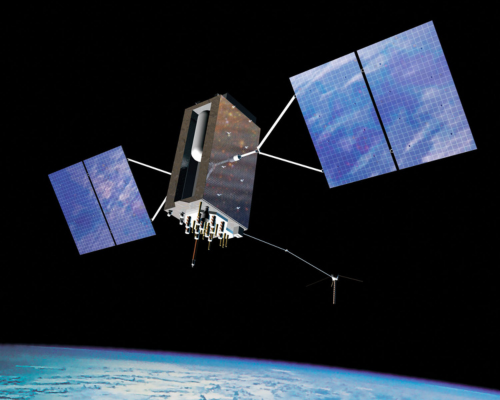
Satellites have become indispensable tools for communication, navigation, weather forecasting, and scientific research. The evolution of satellite technology has been pivotal in advancing our capabilities in space Technology.
Communication Satellites
The launch of Telstar 1 in 1962 marked the beginning of satellite-based communication. Today, satellites like those in the Intelsat and Inmarsat networks provide global telecommunication services, including television broadcasting, internet connectivity, and telephone communications. These satellites have revolutionized how we connect and communicate across the globe.
Navigation Satellites
The Global Positioning System (GPS), along with its Russian (GLONASS), European (Galileo), and Chinese (BeiDou) counterparts, has transformed navigation and positioning. GPS technology is integral to various applications, from military operations to everyday activities like driving and smartphone use.
Earth Observation Satellites
Satellites like Landsat, Sentinel, and TerraSAR-X provide high-resolution imagery and data for environmental monitoring, urban planning, disaster management, and resource exploration. These satellites have enhanced our understanding of Earth’s systems and processes.
The Era of Space Probes and Rovers in Space Technology
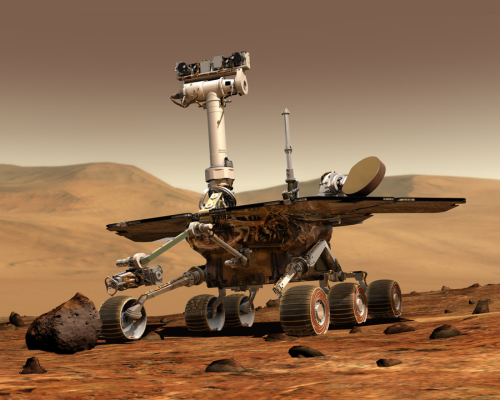
The exploration of the solar system gained momentum with the development of space probes and rovers, which have expanded our knowledge of distant celestial bodies.
Interplanetary Probes
NASA’s Voyager probes, launched in 1977, are among the most successful space missions, exploring the outer planets and providing unprecedented data about Jupiter, Saturn, Uranus, and Neptune. These missions demonstrated the potential of robotic exploration in gathering valuable scientific information.
Mars Rovers
The deployment of the Mars Pathfinder and its rover, Sojourner, in 1997 marked the beginning of detailed surface exploration of Mars. Subsequent rovers like Spirit, Opportunity, Curiosity, and Perseverance have conducted experiments, searched for signs of past life, and collected samples for future return to Earth. These missions have significantly advanced our understanding of the Red Planet.
The Impact of Space Telescopes in Space Technology
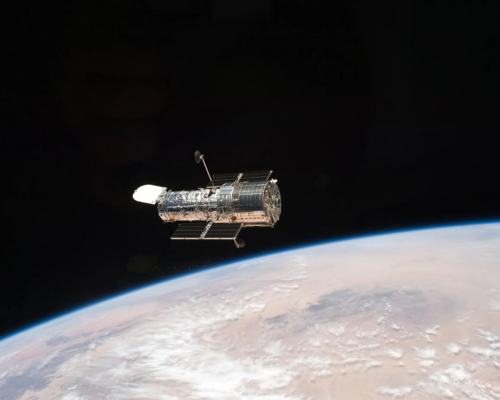
Space telescopes have revolutionized astronomy by providing clear, unobstructed views of the universe.
Hubble Space Telescope
Launched in 1990, the Hubble Space Telescope has provided high-resolution images of distant galaxies, nebulae, and other celestial objects. Its observations have led to groundbreaking discoveries, such as the accelerated expansion of the universe and the presence of exoplanets.
Future Space Telescopes
The upcoming James Webb Space Telescope (JWST), set to launch in the 2020s, promises to further our understanding of the universe. With its advanced infrared capabilities, JWST will observe the formation of stars and galaxies, study exoplanet atmospheres, and peer back in time to the early universe.
The Rise of the Private Space Industry in Space Technology
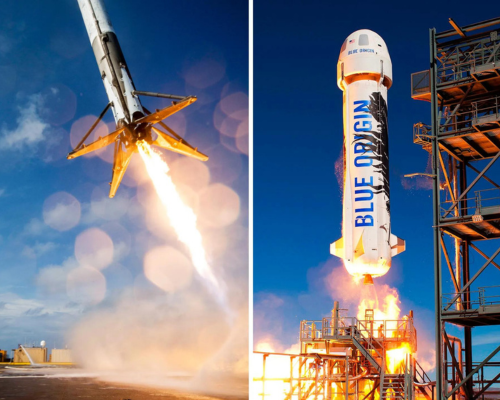
The early 21st century has seen the emergence of private companies in the space industry, introducing new paradigms of innovation, cost reduction, and accessibility.
SpaceX and Reusable Rockets
Founded by Elon Musk in 2002, SpaceX has revolutionized space travel with the development of reusable rockets. The Falcon 9 rocket, capable of landing and being relaunched, has significantly reduced the cost of access to space. SpaceX’s ambitious projects, including the Starship spacecraft, aim to enable human missions to Mars and beyond.
Blue Origin and Suborbital Tourism
Founded by Jeff Bezos, Blue Origin focuses on developing reusable launch systems for both suborbital and orbital missions. The New Shepard rocket, designed for suborbital tourism, has successfully carried out multiple missions, bringing commercial space travel closer to reality.
Advances in Spacecraft and Propulsion Systems in Space Technology
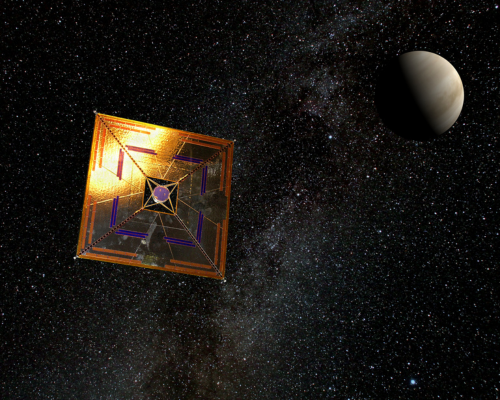
The development of advanced spacecraft and propulsion systems has enabled more ambitious missions to distant destinations.
Ion Propulsion
Ion thrusters, which use electric fields to accelerate ions, provide high-efficiency propulsion for long-duration missions. NASA’s Dawn mission, which explored the asteroid belt, demonstrated the potential of ion propulsion for deep space exploration.
Solar Sails
Solar sails, which use the pressure of sunlight for propulsion, represent a promising technology for future missions. The Planetary Society’s LightSail missions have successfully demonstrated the feasibility of solar sailing, potentially enabling low-cost, long-duration missions to distant stars.
Future Prospects: Mars and Beyond in Space Technology
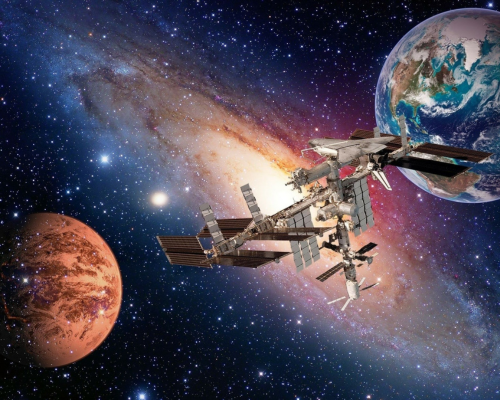
The exploration of Mars and the potential for human colonization of other planets are at the forefront of current space endeavors.
Mars Missions
NASA’s Perseverance rover, launched in 2020, is equipped with advanced scientific instruments to search for signs of past life and collect samples for future return to Earth. SpaceX’s Starship project aims to develop a fully reusable spacecraft capable of carrying humans to Mars and beyond, envisioning a future where humans become a multi-planetary species.
Lunar Exploration
NASA’s Artemis program plans to return humans to the Moon by the mid-2020s, with the goal of establishing a sustainable presence and preparing for future missions to Mars. The program includes the development of new lunar landers, habitats, and life support systems.
Space Habitats and Colonization
The concept of space habitats, such as O’Neill cylinders and Mars colonies, is being explored as a means to support long-term human presence in space. Advances in life support systems, radiation protection, and in-situ resource utilization (ISRU) are critical to making these visions a reality.
Conclusion
From the launch of Sputnik 1 to the ambitious plans for Mars colonization, the evolution of space technology has been marked by continuous innovation and remarkable achievements. The advancements in satellite technology, space probes, rovers, telescopes, and propulsion systems have expanded our capabilities and understanding of the universe. As we stand on the brink of new frontiers, the future of space exploration promises even more groundbreaking discoveries and technological advancements. Humanity’s journey into the cosmos is just beginning, and the possibilities are limitless.

